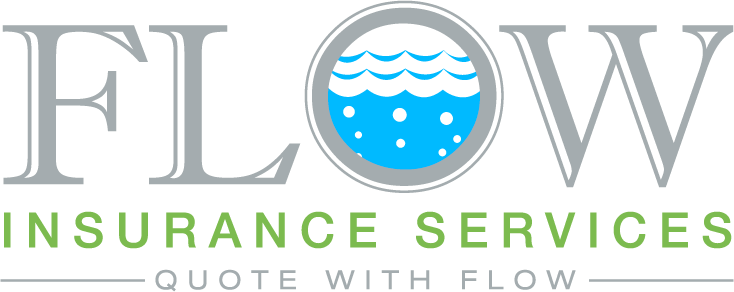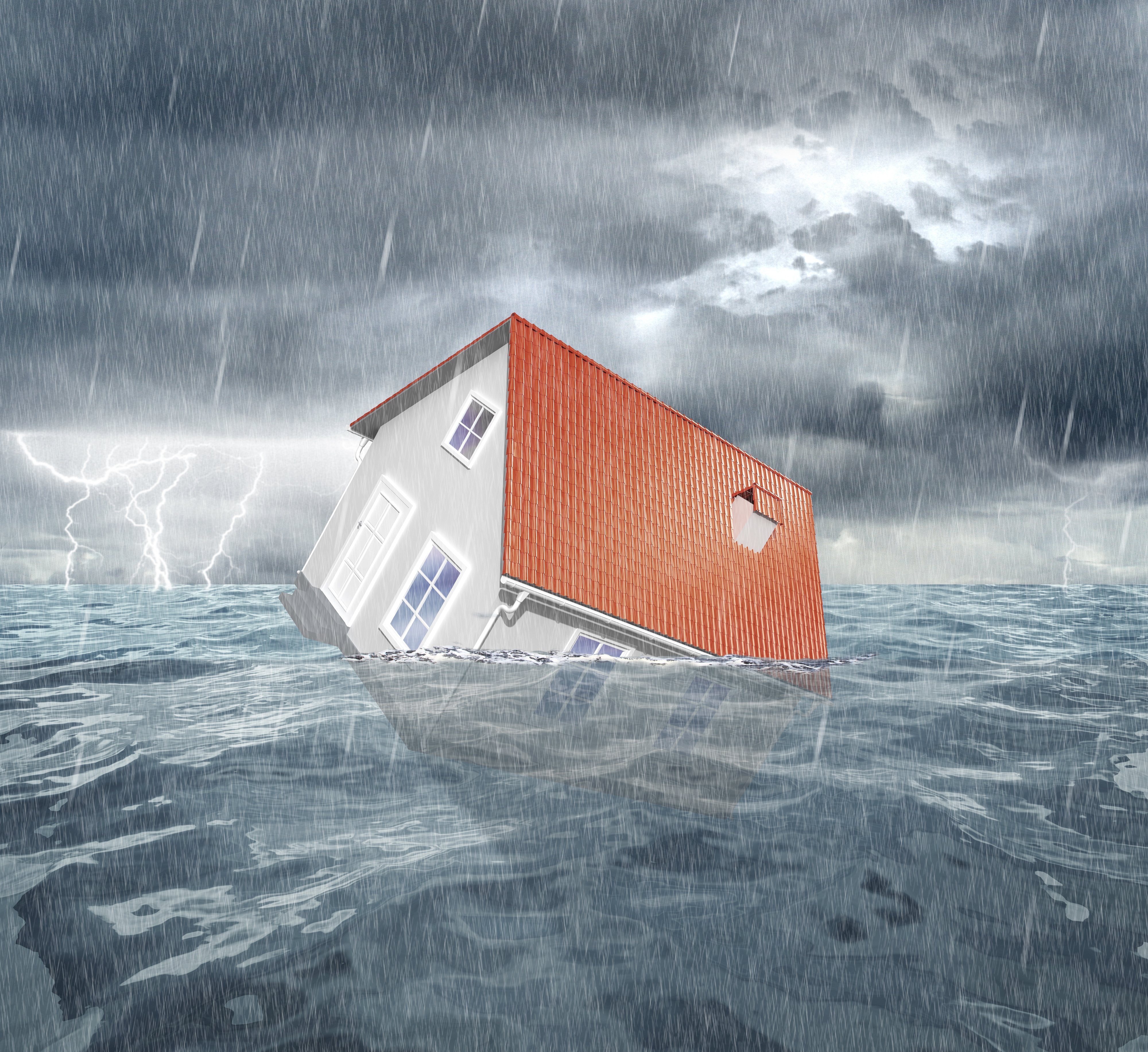21 Feb The NFIP: A Disaster With An Expensive Repair Tag

855-368-5502
The NFIP: A Disaster With An Expensive Repair Tag
By: Adam M. Matheny
In 1968 the National Flood Insurance Program was developed as a way for people to be able to afford flood insurance for their homes and business. Today, what started as a great idea has become a program that bleeds the color of money, green. While we have long known the program was in trouble, it was the succession of hurricanes Harvey, Florence, and then Michael that truly exposed the fundamental flaws in the program.
The Future Looks Wet
Storms like those above only serve as notice that between the increase in the number and severity of storms and the rising sea levels, we face a very wet future. A future that is likely to be filled with flooding that devastates vast areas of the country; many of which have never experienced this problem before.
Flooding is considered to be one of the most destructive and common natural disaster suffered in the U.S., and every state is at risk. As of 2017 the NFIP was over $20 billion in debt to the US Treasury and only had access to $9.9 billion in backup loans. The figures from 2018 have not been added, but since 2004 the NFIP has borrowed over $39.4 billion and continues to lose money at the rate of $1.4 billion per annum.
What Is a Disaster Today Didn't Start That Way
While the NFIP might be struggling today, back in 1968 when it was first established, the idea was that costs would be covered by the premiums paid by those with policies. At this time there were few if any private insurers offering flood insurance.
The goals of the NFIP were:
- To provide affordable flood insurance, reducing the financial impact of flood damage.
- To improve the management of floodplains.
- To develop new and more accurate maps of areas that are prone to flooding.
Despite the best efforts and the latest technology, far too many properties are still located in areas at high risk of flooding, which in turn makes them expensive to insure. While the private flood insurance market is still growing, most companies are only interested in areas where the risks are low, offering them the best return on their investment. To date, only 15% of the market is covered by private flood insurance companies.

Not Enough Money
The NFIP creates affordable flood insurance by subsidizing rates. In doing so for coastal properties and those inland properties in “Special Flood Hazard Areas,” the program does not generate enough income to cover its output. According to a report issued by CoreLogic, there are over 29 million residential and commercial properties in areas that are at a medium to high risk of flooding, yet only 28% of them are insured.
Fifty years ago, when the NFIP debuted, the development explosion that raced to build new communities in areas known as 100-year floodplains had yet to start. Today over 41 million people live and work in these areas accounting for more than $5 trillion in assets. Trying to assess the risks of a particular community can be difficult due to continually changing demographics.
Finally, there is the fact that the flood risk maps developed by the NFIP are woefully out of date. Areas that were heavily flooded during Hurricane Harvey were not in a flood zone according to the map, yet many disappeared under the water.
Down but Not Out
No doubt the NFIP is in bad shape, but with a little hard work and effort on behalf of the government, it can be fixed. The Government Accountability Office (GAO) offered three viable fixes that were turned down in 2008, 2013, and again in 2016. These were
- Requiring property owners in flood-prone areas to buy insurance.
- Adjusting premiums to more accurately reflect the risks in high-risk areas.
- Putting limits on the number of times a person can rebuild their home at the expense of the program or the amount of insurance available to them.
In 2012 Congress passed the Biggert-Waters Flood Insurance Act was passed in an attempt to reduce or eliminate the subsidies in favor of risk-based premiums. The problem was that once the subsidies were gone, rates started skyrocketing, forcing the government to restore the subsidies in 2014.
Perhaps rather than trying to fix the rate subsidies, we need to focus on a completely different approach to the problem. Should the NFIP be available to those who choose to build in high-risk areas? Who should be eligible for the subsidies and for how long should they continue to get them? How can the pool of “at risk” homeowners be increased, and do we have the right to require those who used the NFIP maps and thought their homes were outside the high-risk area to buy insurance once they find out they are inside of it?
No one said it was going to be easy; it will take lots of hard work and a willingness to reach across the aisles, putting politics aside, to create a working program that will help those who need it while discouraging others to build outside of these high-risk zones. Floods are inevitable, but making sure we are ready to help is something that can be accomplished with hard work and dedication.
Flood Insurance Options
Many agents aren’t aware that there are options when it comes to flood insurance. The NFIP is not your only option as many private flood insurance carriers do exist today.
Flow Insurance Services knows private flood, and we know it well. Place your trust in us and let us help you to write more business. When it comes to growing your business, things can be challenging. Embrace the opportunity of private flood insurance!

